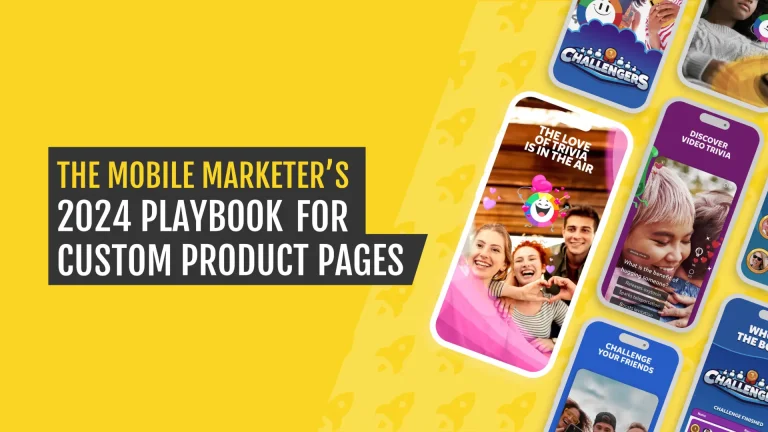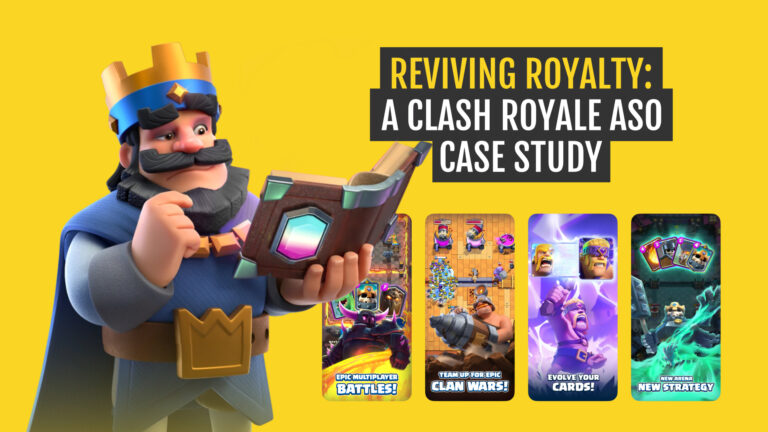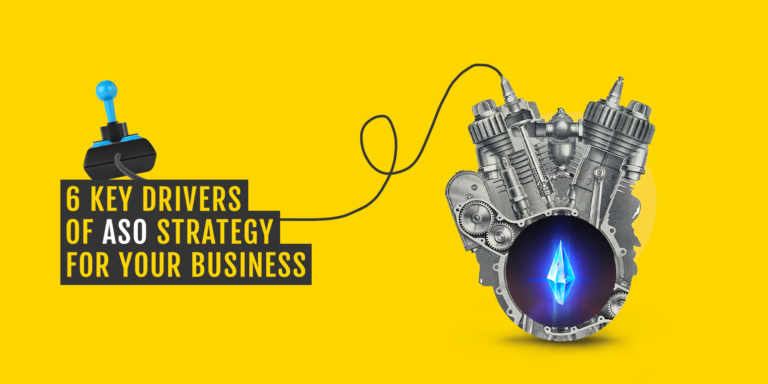
It’s been 4 years since a major change in Apple’s leadership team took place when Tim Cook became the CEO after Steve Jobs passed away. This morning, Apple announced that along with other management shake-ups, senior vice president of Worldwide Marketing, Phil Schiller, is going to relieve Eddy Cue as the head of the App Store across all of its platforms.
Normally these kinds of minor shifts in responsibilities isn’t that big of a deal. However, this change could be promising for app developers. There hasn’t been much change in the App Store since its launch in 2008 when the mobile store joined the music and movie platforms. Unfortunately, several headaches for both users and devs continue. So, here’s my personal wish list for Phil Schiller and the changes I would like to see soon:
1) A better search function – The end of frustrating typos could be solved by a full text search which will help the discoverability of quality apps. The list of apps ranked by a particular keyword should have new filters such as a “sort by rating” or a “sort by popularity”.
2) Recommendations – Apple’s acquisition of Chomp for around $50 million in February 2012 hasn’t brought what we expected or any relevant recommendations based on apps you have installed previously and are using. Almost 4 years later, the AI progressed a bit so why not push this to a new level and make smart recommendations finally?
3) Larger effect of retention – Rumor say that it’s not only Google who uses retention as part of the ranking algorithm and that this could have far more weight these days. Many old titles are sitting at the top of the chart because of historical downloads and thousands of reviews which makes it difficult for strong newcomers to jump up (this is mostly true in the paid games section). Putting more importance on retention should change this problem.
4) Push to the device – If you’re into mobile user acquisition, you are probably aware of the issue of extremely poor conversion to the desktop. This is mostly due to the pain-in-the-ass process which could be skipped by a new feature such as “Buy on desktop and push the app to the device” without the need to store the app on the hard drive and sync the iTunes collection with the mobile.
5) User review feedback – as a developer and marketer, I totally hate the one-directional store reviews. Very often users claim problems which could be solved by a one sentence answer. However, it takes ages to somehow get to the user’s email and it’s possible only in a handful of cases. Phil, please, don’t be afraid to copy Google when it comes to this!
6) ASO experiments – another huge benefit of the Play Store console by Google is the ability to run “Experiments” and to improve the ASO by A/B testing. Right now, there are some work-arounds such as using Splitmetrics on iOS. On the other hand, it feels very obsolete compared to the streamlined process in the Play Store.
7) F**k the Apple TV remote – It might seem like a tiny problem but the requirement of supporting the Apple TV remote for TV apps is one of the reasons why we see a slow transition of developers to this new “console”. Get rid of it and many new games such as shooters or simulators will be easily portable.
No matter if you’re an app store consumer or a developer, what are your wishes? Write your comments below.
Dec 25: Update based on the comments of the Reddit community where I particularly like 3 ideas.
8) A more open and faster review process – it’s well-known that every update takes about 7 to 10 days of review and the way Apple communicates issues with developers is not often transparent, incomplete and almost always one-directional. That’s why it is much better to soft launch the game or app on Android first where things move faster.
9) Search for apps using specific technologies – When a user buys an Apple device specifically because of a feature that Apple has heavily marketed, they have difficulty finding any specific apps. Imagine CarPlay apps, apps optimized for Apple Pencil or apps that use Wallet, iBeacon, HealthKit or HomeKit. The App Store won’t help you.
10) Paid upgrades – for several business apps or even games it’s not a viable option to introduce major updates for free. Paid upgrades will motivate developers to significantly improve existing apps and generate new revenue from this effort.







